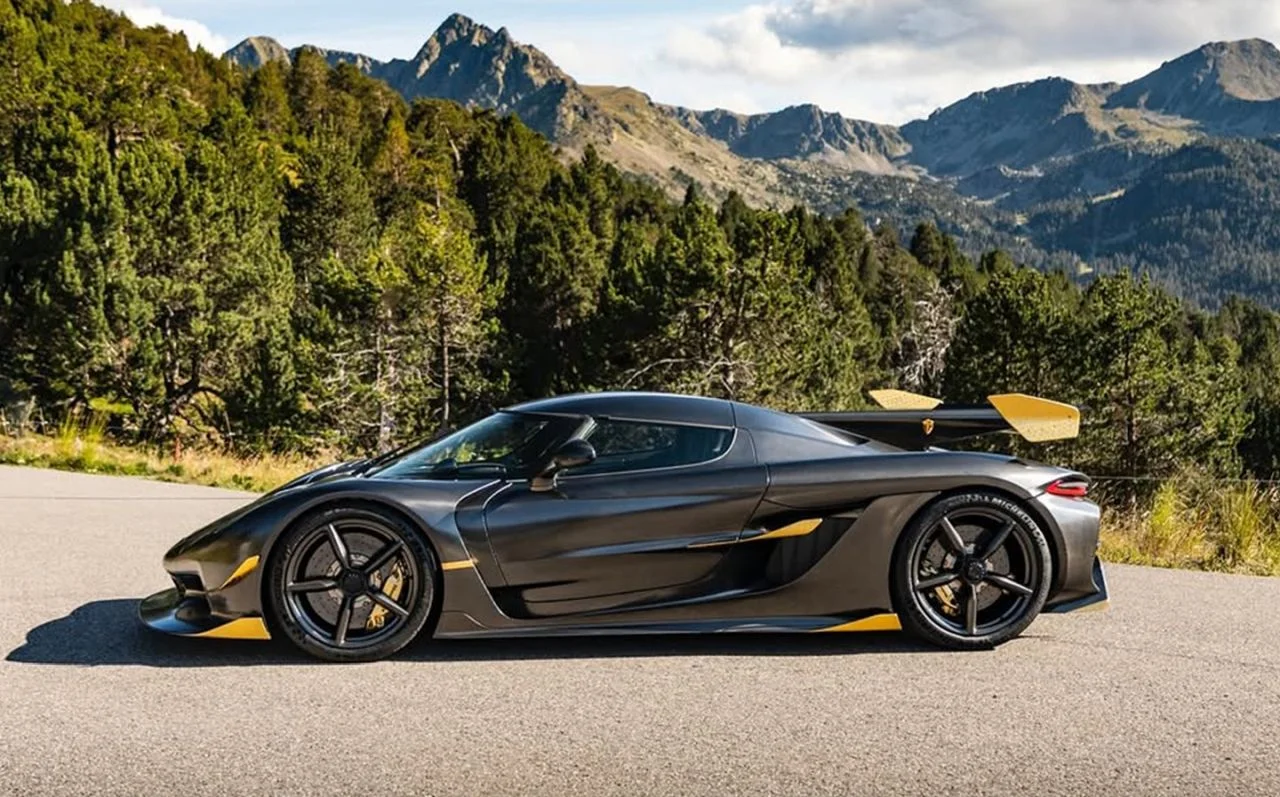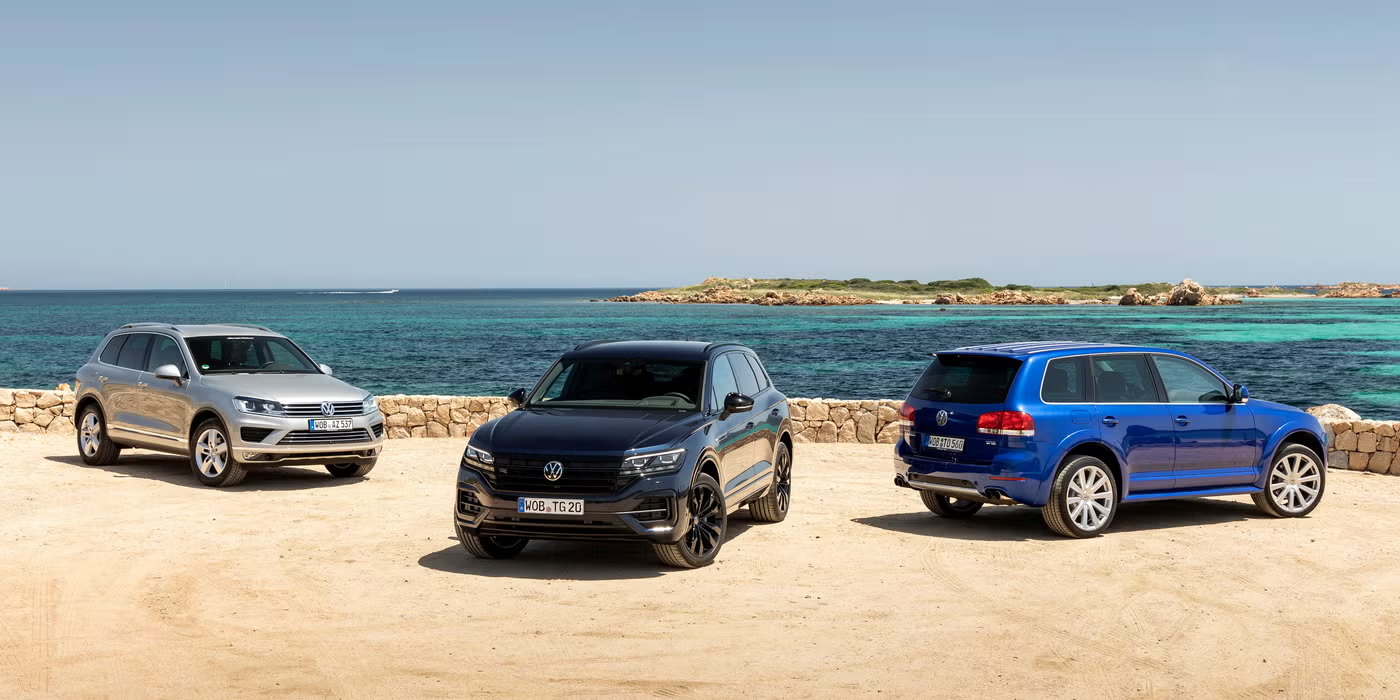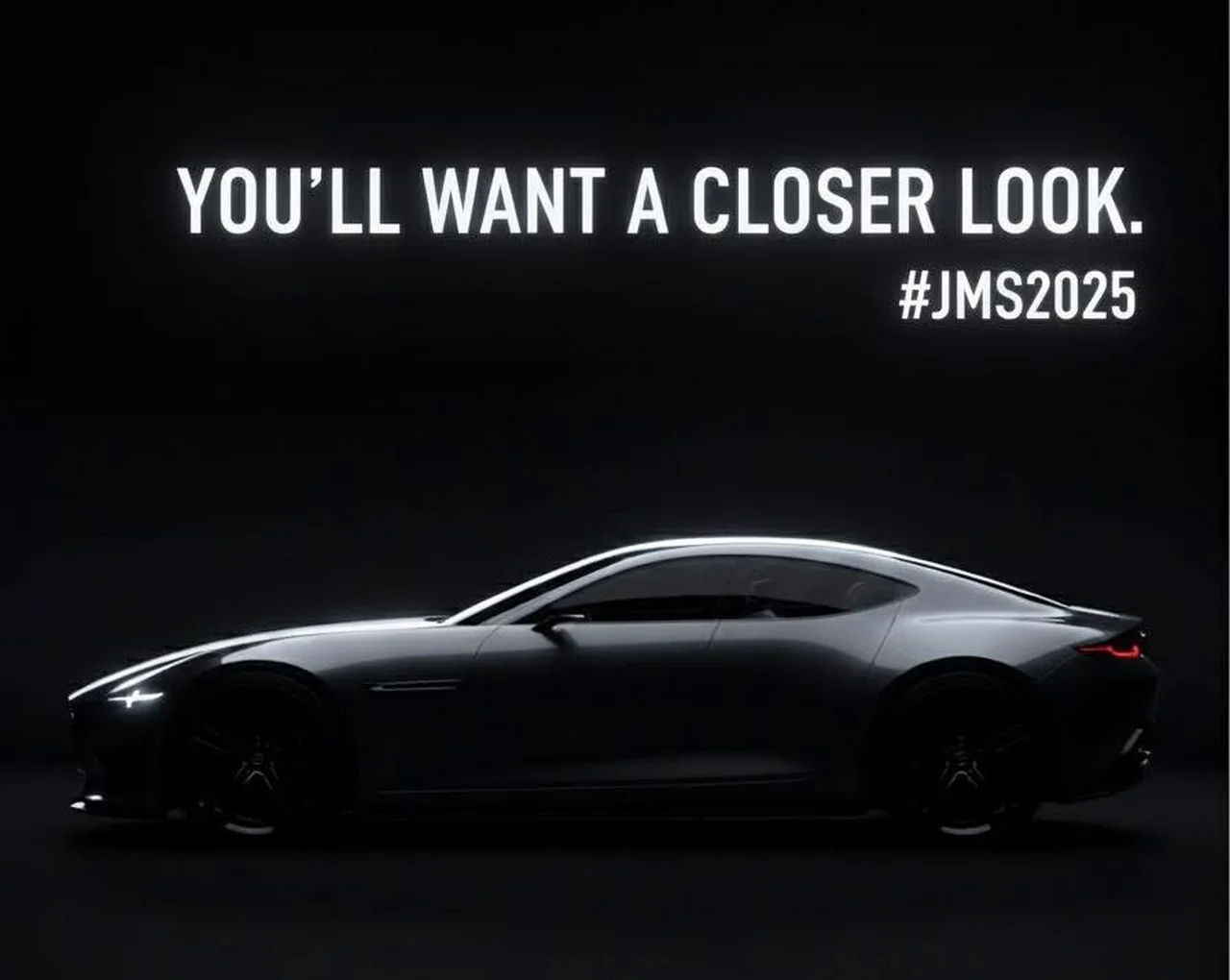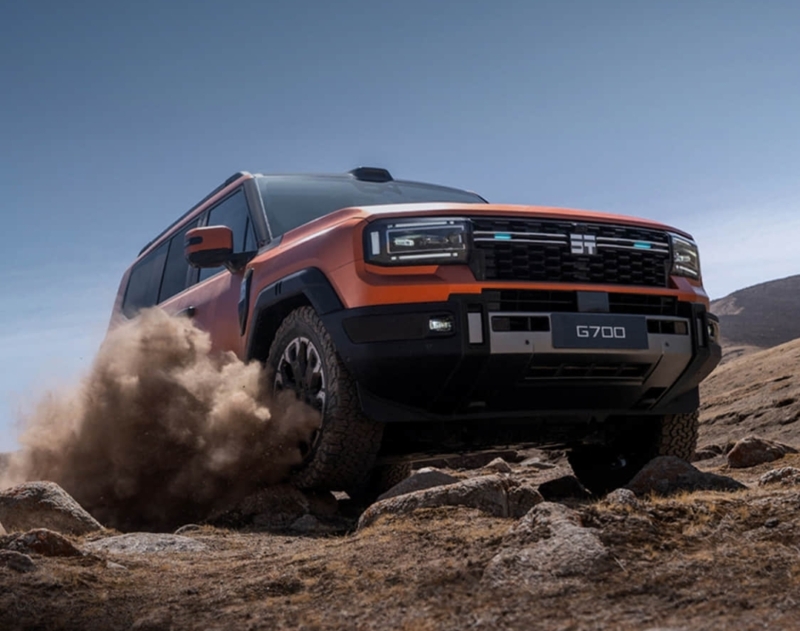Tesla Faces Major Changes in Norway Amid Subsidy Cuts
Reports on manufacturing, labor and earnings with clear, practical context. Drives a Tesla Model 3 RWD; family hauler is a Volvo XC60.
Tesla, a dominant player in Norway's electric vehicle market, is bracing for significant impacts as the Norwegian government prepares to phase out key subsidies for electric cars over the next two years. This policy shift marks a pivotal moment for Tesla and other EV manufacturers operating in one of the world's most EV-friendly nations.
Norway has long been a leader in the transition to electric vehicles, with electric powertrains accounting for over 98 percent of new car sales as of September 2025. This remarkable statistic is largely attributed to the government's robust subsidy programs, which have made electric vehicles an attractive option for consumers. These subsidies include reduced value-added tax (VAT) on electric vehicles, lower road and toll fees, and even free parking in certain areas, among other benefits. Notably, these incentives have played a significant role in making Tesla's Model Y the top-selling vehicle in Norway.
However, the landscape is set to change as Norway's Finance Minister Jens Stoltenberg announced plans to phase out these subsidies, having achieved the country's goal of making all new passenger cars electric by 2025. This move is seen as a natural progression for a market that has successfully transitioned to sustainability, yet it raises concerns about the future dynamics of the EV market. The first of these changes will take effect in 2026, with the government lowering the tax exemption threshold from 500,000 crowns ($49,500) to 300,000 crowns ($29,789.40), impacting Tesla significantly as it removes tax exemptions for all Tesla Model Y trims.
By 2027, the complete removal of VAT exemptions will leave no electric vehicle on the market exempt from taxes, a move that has sparked debate among environmental groups and industry stakeholders. Critics, including the Norwegian EV Association, argue that these changes could stall the progress made in reducing carbon emissions by potentially driving consumers back to fossil-fuel vehicles. Christina Bu, head of the association, expressed concern over the rapid shift, fearing it might lead to a resurgence in fossil-fuel car sales.
Despite these concerns, Tesla's CEO Elon Musk has long advocated for the removal of subsidies, claiming that it would ultimately benefit Tesla by exposing the true demand for electric vehicles. Musk's stance is that subsidies have historically masked the actual market value of EVs, allowing competitors to rely on financial incentives rather than the inherent value of their products. With this in mind, Tesla's robust approach to innovation, particularly in AI and autonomous driving, could position the company favorably in a subsidy-free market.
Tesla's market strategy has evolved over the years, maintaining a stronghold in the U.S. despite increasing competition. While its market share has shrunk from 79% in 2020 to 49% in 2024, Tesla has continued to innovate and expand its offerings. In Norway, the company's challenge will be to maintain consumer interest without the cushion of subsidies. The upcoming policy changes require Tesla to rely more heavily on the strengths of its vehicles, such as technological advancements and brand loyalty.
Looking ahead, the phasing out of subsidies in Norway serves as a critical test for Tesla and other electric vehicle manufacturers. The focus will shift to producing competitively priced vehicles that can stand on their own merit. As Norway transitions away from subsidies, the rest of the world will be watching closely to see if this model can be replicated in other countries. For Tesla, the challenge lies in adapting to these changes while continuing to lead in innovation and sustainability.
About Priya Nair
Reports on manufacturing, labor and earnings with clear, practical context. Drives a Tesla Model 3 RWD; family hauler is a Volvo XC60.



